What is Liberica coffee beans? is Liberica coffee beans good? Liberica coffee bean origin area
There are three kinds of coffee used for commercial cultivation in the world, namely, small-grain Arabica coffee, medium-grain Robsta coffee and large-grain Liberika coffee. Arabica and Robusta varieties of coffee are the most common varieties we come into contact with, while Liberika varieties have little contact with them.
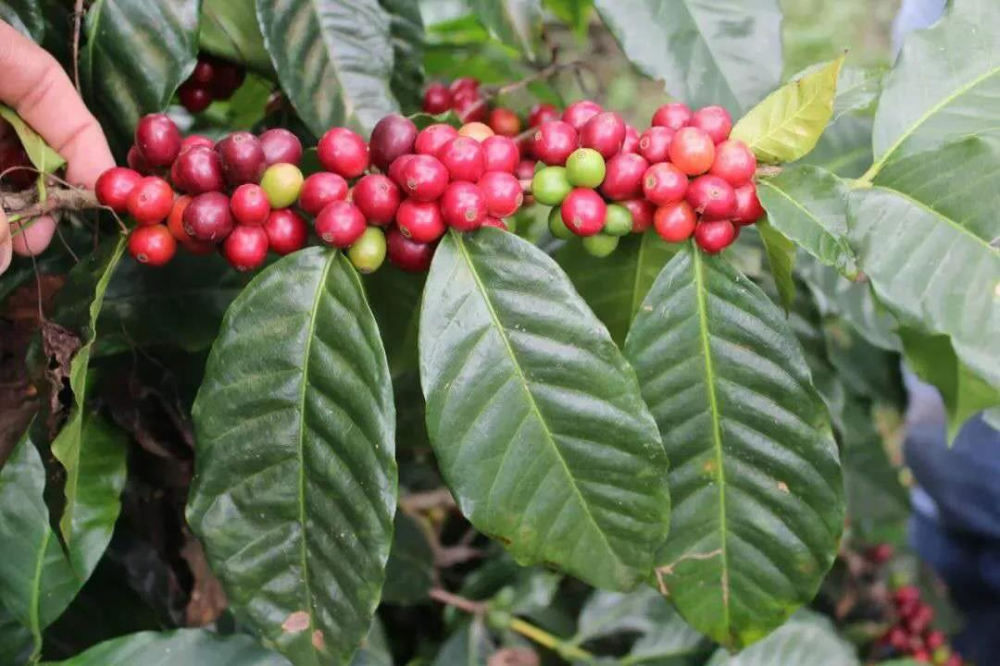
Arabica Coffee
Small-grain coffee is also known as Arabica coffee. Small-grain Arabica coffee comes from the Ethiopian plateau, while Ironka, bourbon and Rosa are all derived from Arabica varieties and are also the oldest Arabica varieties. Such as: Jamaica Blue Mountain Coffee, Panamanian Rose Summer Coffee, Qianjie 2013 Iron pickup Coffee and so on.
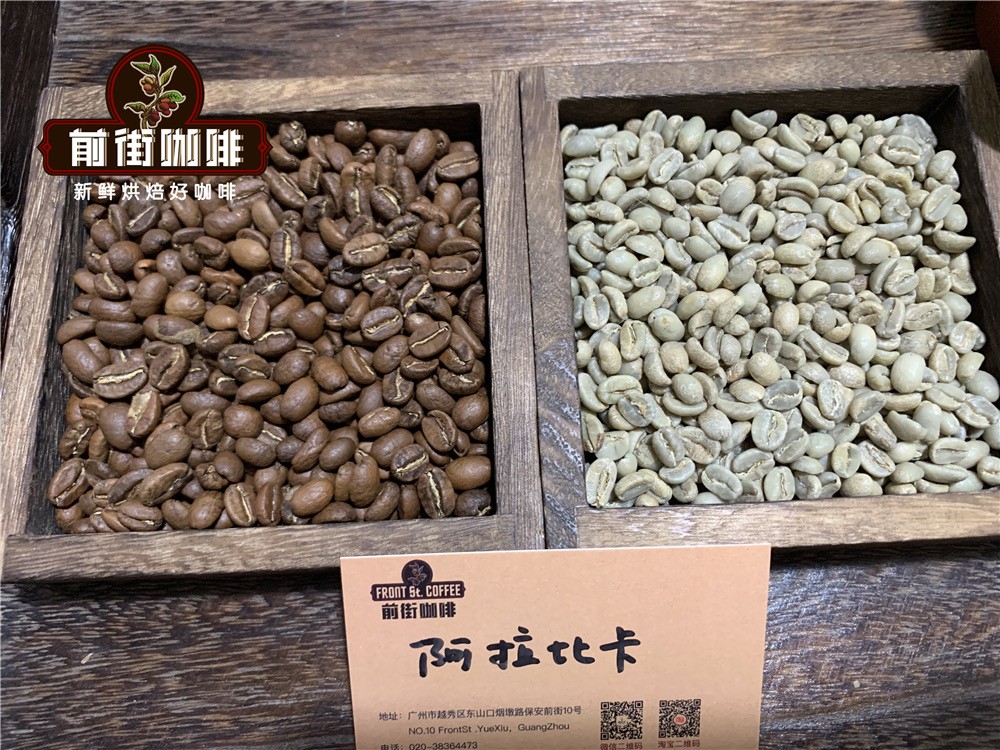
Arabica species are very sensitive to the requirements of the growing environment, so the areas suitable for the growth of Arabica coffee trees are mostly located in the coffee belt with alpine terrain between the Tropic of Cancer. Arabica requires an altitude of 800-2000 meters for growth. The higher the altitude, the better the quality of the coffee. Arabica coffee is currently the most widely distributed variety of coffee. Arabica coffee is grown in Asia, Central and South America and Africa. Countries such as Ethiopia, Kenya, Panama, Colombia and Brazil are famous producers of Arabica coffee.
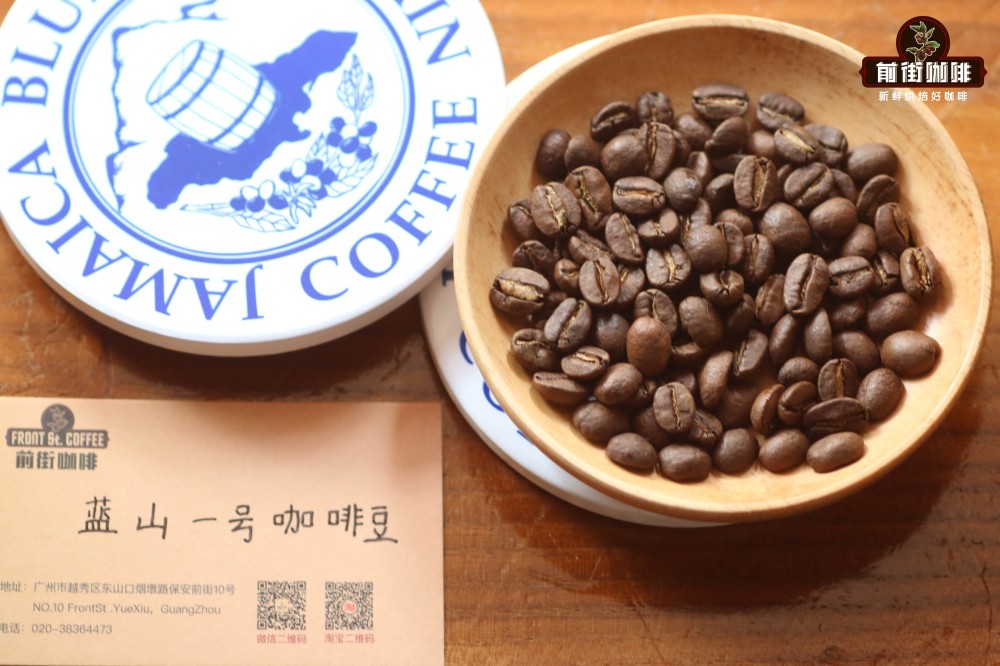
The boutique coffee referred to in the third wave of boutique coffee craze includes four aspects: variety, altitude, treatment and cup test score. Among them, Arabica is the main variety of coffee beans. Arabica ranks first in terms of production, accounting for about 6070% of the world's coffee production.
Robusta variety of coffee
In fact, the medium-grained robusta coffee species should be strictly called the Canefa species. Robusta is a subgenus of the Canefa species, so Robusta has almost replaced Canefra as a synonym for the species. Robusta originated in the Congo (basin) of West Africa and is widely cultivated because of its low altitude, high yield and easy to grow. Its coffee production accounts for 20% of global coffee production and 30% of coffee production.
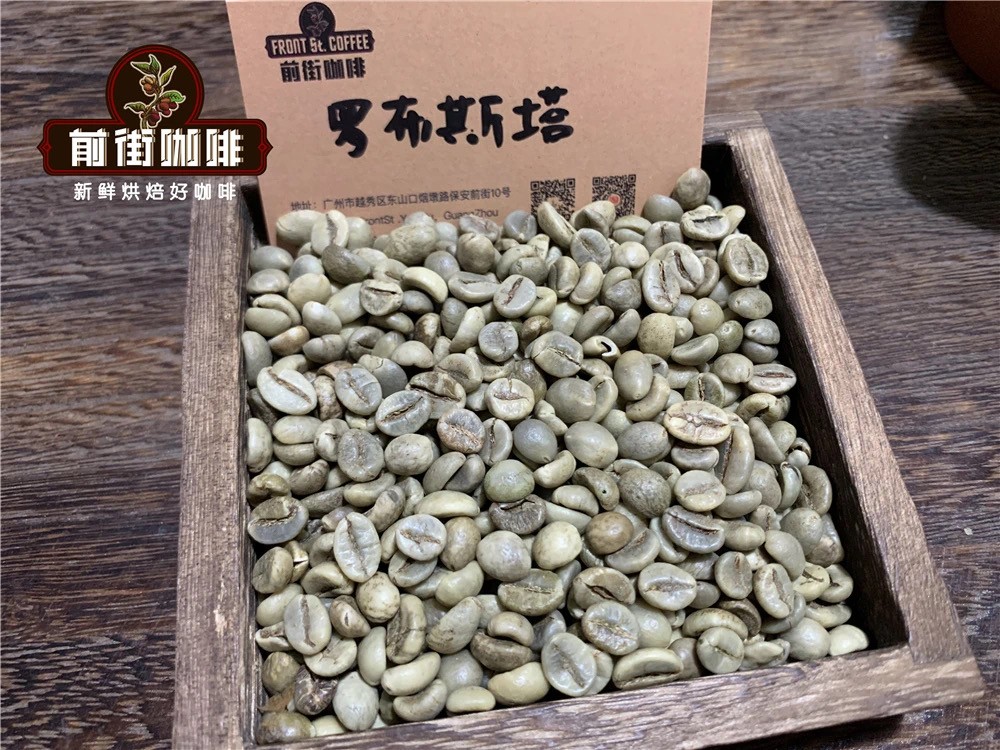
As Robusta has a strong ability to adapt to the environment, it can also grow luxuriantly at an altitude of 0Murray 800 meters. Robusta has a high content of chlorogenic acid, about 7% to 10%, which is not easy to be affected by insects and climate, and is generally planted at a low altitude. The fruit is numerous and fast. At present, the main coffee producers are Indonesia, Brazil and Vietnam.
Liberica Coffee
The birthplace of Liberia is Liberia in West Africa. Liberia grows at a very low altitude. It usually grows on a slope about 200m above sea level. The most suitable temperature for growth is 19-27 ℃. If the growth of the tree is not artificially limited, it can reach 10 meters in height, the leaves of Liberika are larger than those of other coffee trees, and they can be planted by grafting, and they are resistant to low temperature, high temperature, drought, waterlogging, strong physique, and strong environmental adaptability. The coffee fruit produced by Liberika is also larger than the other two coffee species, so Liberika is also called large-grain species. At present, cultivation is mainly distributed in Southeast Asia, and the Philippines is currently the largest producer of Liberica coffee.
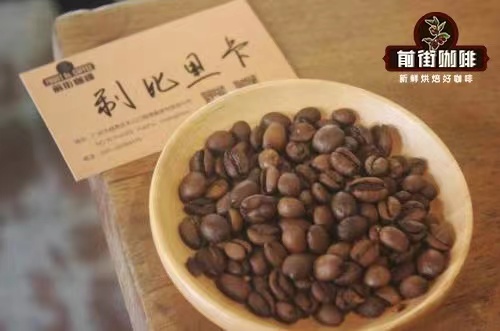
The Philippines becomes the largest producer of Liberia.
With the global outbreak of coffee rust in 1890, Arabica coffee in Southeast Asia became the biggest victim of leaf rust. Seeing the rapid collapse of the coffee industry, the Philippine government took the lead in looking for strong disease-resistant coffee as a substitute, so Librika was first grown in the Philippine provinces of Badayan and Kavit.
Due to the low altitude, hot weather and abundant rainfall in the Philippines, it is very suitable for the growth of Liberia. To this day, the Philippines is still the largest producer of Liberia in the world, and later countries such as Malaysia, Indonesia and Vietnam also planted a large number of Liberika and its variants, which brought Liberica halfway across the world to Southeast Asia to flourish.
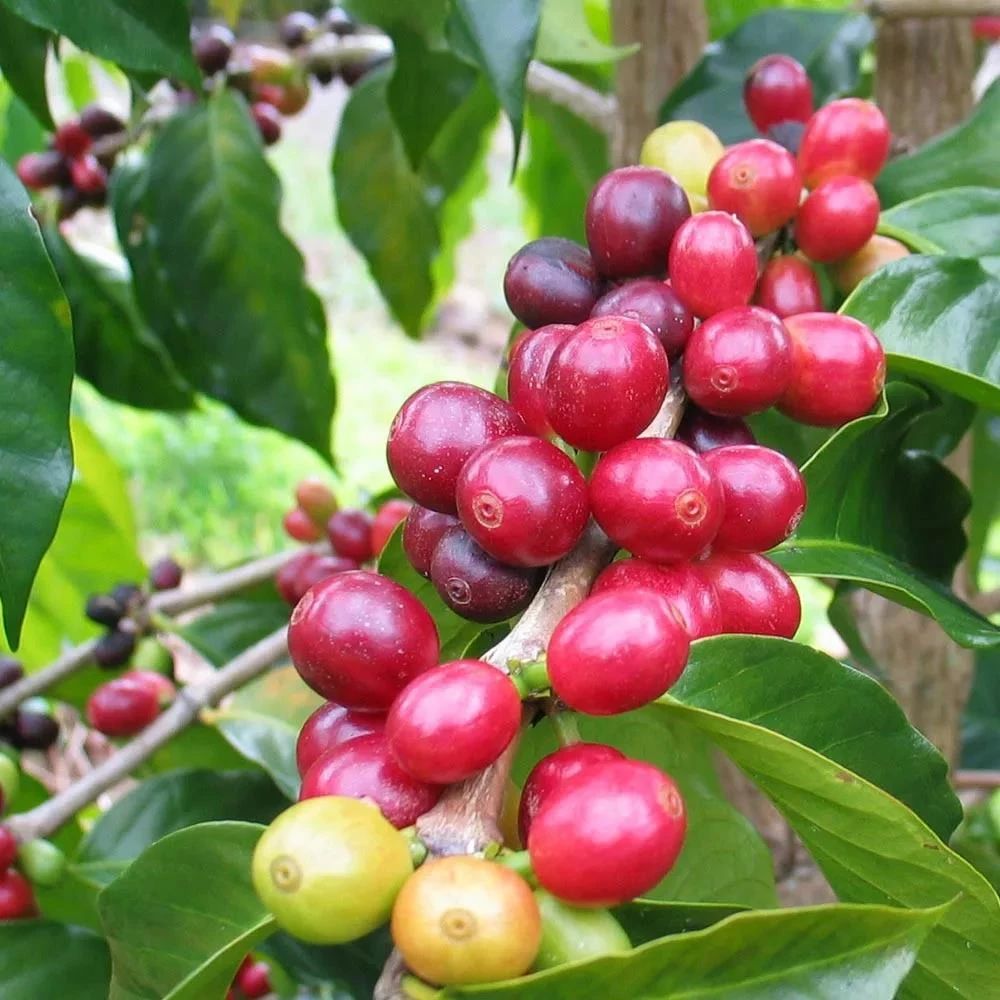
Librika accounts for about 5% of the world's total output of economically grown coffee because of its poor flavor, difficulty in picking trees and small planting scale. There are three main reasons for the small number of people planting it: first, Libilica has a very simple flavor and high bitterness, but its concentration is also very high, and secondly, the pericarp of Liberika coffee beans is very thick. as a result, its treatment process is very troublesome, inefficient, because its tree is too tall, it is very difficult to pick, so it has not been widely planted. The last reason is that its output is very rare, so few people grow Liberika.
In terms of flavor, Arabica coffee beans are considered to have the best flavor, and have been used in the boutique coffee consumption market since the emergence of the concept of boutique coffee. A subgenus of Arabica coffee, Ironpika Coffee, has high acidity and high cup test scores, and has excellent genes as the oldest coffee variety. And now in the boutique coffee market, Rosa coffee, which is known to all, conquers the taste buds of coffee customers with its fresh floral fragrance and comfortable acidity.
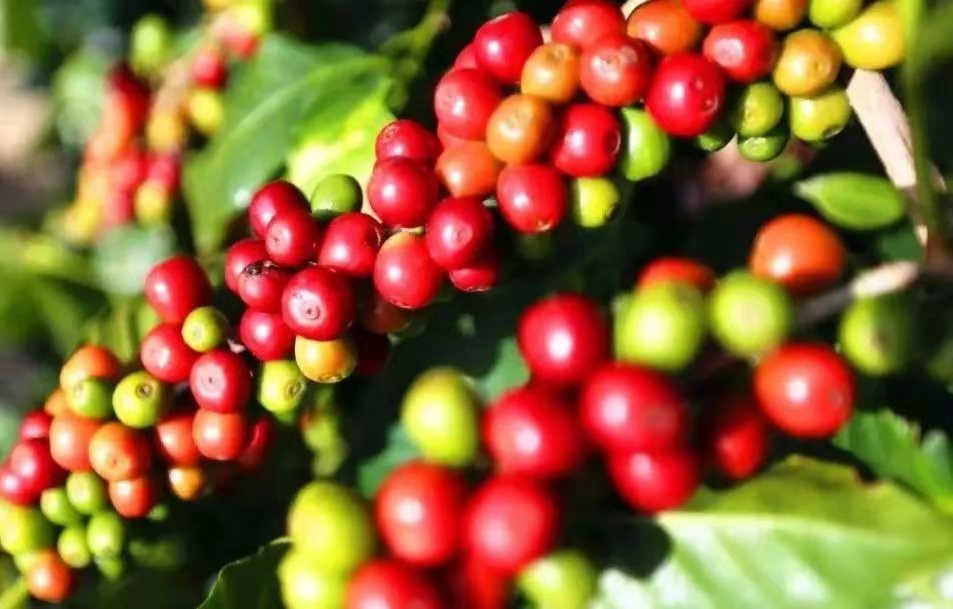
The flavor of Liberica coffee is also unpopular, with heavy notes of nuts, dark chocolate and smoky aromas. And it's hard to accept because of the strong sense of smoke. Some people even describe it as liquid tobacco because it produces a thick smoky smell and smell similar to that of actual tobacco plants. Filipinos even call this coffee "Kape Barako", which can be understood as "strong man coffee". Liberica is also often used as a raw material for instant coffee, and in the Philippines, "Kape Barako" has become a must for breakfast coffee of the older generation. In Malaysia, Liberica coffee beans are made as a local specialty-white coffee.
Libby cards are also grown in China.
According to the description of Volume 71 (2) of Flora of China revised in 1999, it is cultivated in Guangdong, Hainan and Yunnan.
Of the three coffee varieties, Liberica has the lowest caffeine content. Robusta has the highest content, with 2.26 grams of caffeine per 100 grams of beans. Arabica coffee is second only to 1.61 grams of caffeine per 100 grams of beans. Liberica contains only 1.23 grams of caffeine per 100 grams of beans.

Arabica coffee refers to Arabica coffee trees, accounting for about 70% to 80% of the world's coffee production, mostly grown on volcanic slopes or plateaus above sea level of 500 to 1500 meters above sea level. The bean shape is oval, slender and flat, moderate sour and bitter, mild aroma. At present, Brazil is the largest grower of Arabica, while Colombia produces only Arabica coffee.
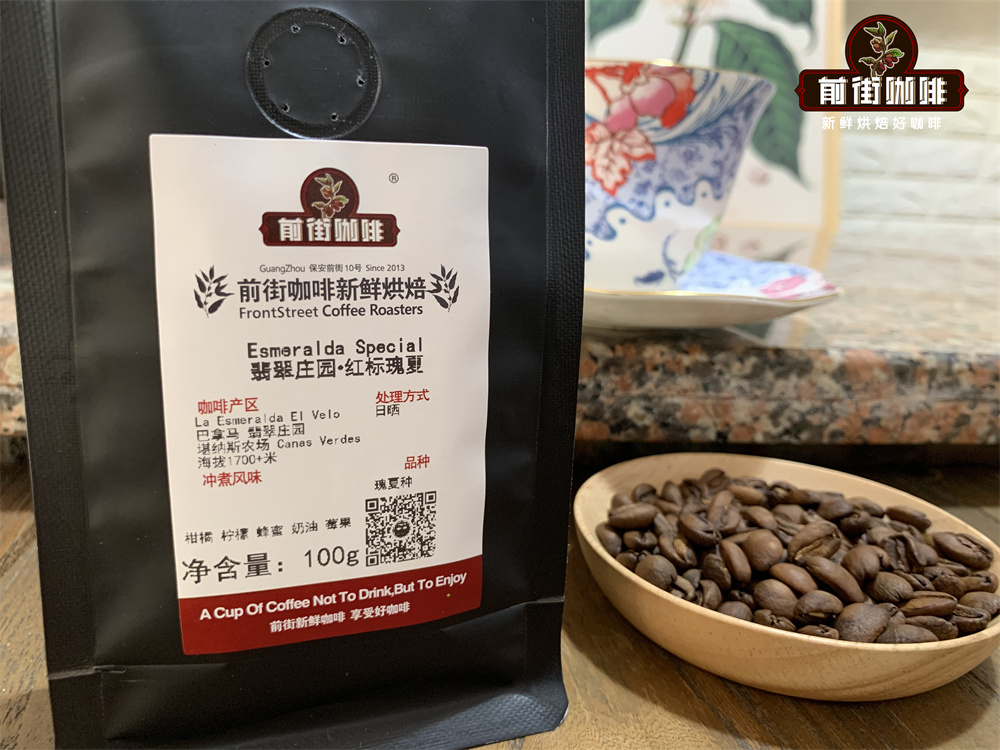
There are many varieties of coffee in the world, but most of them are derived from Arabica, such as bourbon, tin pickup, Rosa and so on are the oldest Arabica varieties. Each coffee variety has its own special flavor, and different countries and different producing areas, its local coffee flavor will be different, different treatment methods, coffee flavor will be different. In front of the street, there are half a hundred individual coffees of different coffee varieties in different producing areas, which is enough for friends who like coffee to experience different coffee styles.
Suggestions for making coffee in front of the street:
Any variety of coffee beans, in order to brew a good cup of coffee, we also need to pay attention to the freshness of coffee beans. Qianjie has always believed that the freshness of coffee beans has a great relationship with the flavor of coffee, so the coffee beans shipped in Qianjie coffee are roasted within 5 days. The purpose of Qianjie roasting is "freshly roasted coffee", so that every guest who places an order is the freshest coffee when he receives it. The bean cultivation period of coffee is about 4-7 days, so when the guest gets it, it is the time when the flavor is the best.
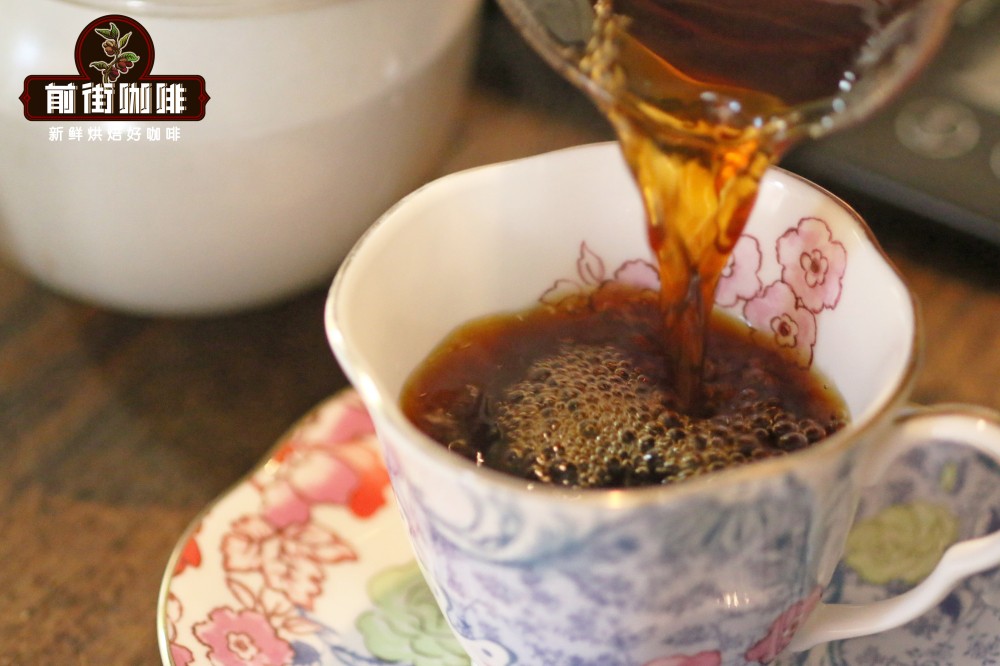
For those who need to be ground, Qianjie warmly reminds you that if the coffee beans are ground in advance, there is no need to raise the beans, because in the process of transportation, the pressure caused by carbon dioxide in the package can also make the coffee flavor round. so you can drink a cup of coffee as soon as you receive the coffee powder. But the coffee powder needs to be brewed in time, because the coffee powder oxidizes more quickly after contact with the air, that is to say, the flavor of the coffee will dissipate more quickly, and the flavor of the coffee is not so good. Therefore, Qianjie suggests buying whole beans, grinding and flushing now, so that we can better taste the flavor of coffee.
Professional coffee knowledge exchange more coffee bean information please follow the coffee workshop (Wechat official account cafe_style)
For more boutique coffee beans, please add private Qianjie coffee on Wechat. WeChat account: qjcoffeex
Important Notice :
前街咖啡 FrontStreet Coffee has moved to new addredd:
FrontStreet Coffee Address: 315,Donghua East Road,GuangZhou
Tel:020 38364473
- Prev

People who know coffee usually drink that kind of coffee. How to choose to buy a black coffee with good flavor and taste?
People who know coffee usually drink that kind of coffee. People who know coffee usually drink any kind of coffee unless it affects their health. Because if you want to really understand the knowledge of coffee, you should accept it and appreciate it, rather than creating a chain of disdain and rejecting it. Many coffee lovers generally do not like instant coffee because it used to give
- Next

Is the Vietnamese Kopi Luwak real? what is it made of? Why is the price of cat poop coffee beans so cheap?
As the first of the ten most expensive coffee in the world in the traditional sense, Kopi Luwak tops Southeast Asia with its unique name and price. Kopi Luwak comes from raw coffee beans extracted and processed from the droppings of an animal called civets. After the civet eats the coffee fruit, the flesh is digested as it passes through the digestive tract, and it is hard and unable.
Related
- Guji coffee producing area of Guji, Ethiopia: Humbela, Shakiso, Wulaga
- What is the most expensive variety of Qiloso in BOP multi-variety group?
- How to store the coffee beans bought home?
- Why are Yemeni coffee beans so rare now?
- Ethiopian Sidamo all Red Fruit Sun Sun Santa Vini Coffee beans
- SOE is mostly sour? What does it mean? Is it a single bean? what's the difference between it and Italian blending?
- Is Italian coffee beans suitable for making hand-brewed coffee?
- How to choose coffee beans when making cold coffee? What kind of coffee beans are suitable for making cold coffee?
- Just entered the pit to make coffee, what kind of coffee beans should be chosen?
- Can only Japan buy real Blue Mountain Coffee? What are authentic Jamaican Blue Mountain coffee beans?

